Welcome to my Green Thumb Guide, where you’ll find essential tips on growing plants that will transform your gardening experience and help you cultivate a thriving oasis right in your own backyard. Taking care of plants can be a rewarding and fulfilling hobby, but it’s not always easy to know where to start. That’s why I’ve put together this guide to give you the necessary knowledge and skills to become a skilled gardener.
Key Takeaways:
- Set a reminder to water your plants once a week to avoid over or under-watering.
- Observe your plants closely to notice any changes in growth or appearance.
- Provide adequate light and proper soil drainage for healthy plant growth.
- Select plants suitable for your location, climate, and gardening experience.
- Regularly tend to your plants, prune, deadhead, and protect from pests and animals.
- Approach gardening with patience and curiosity, and learn from your experiences.
Understanding Your Plants’ Needs for Successful Growth
To achieve successful plant growth, it’s crucial to understand and cater to your plants’ specific needs, whether you’re nurturing indoor or outdoor varieties. One of the most important aspects of plant care is proper watering. Over-watering or under-watering is the most common reason for plant failure, so set a reminder on your phone to water your plants regularly.
Another key element of plant care is getting to know your plants. Observe their leaves, growth direction, and new shoots to understand their specific needs and make adjustments accordingly. Lighting is also essential for plant growth, and most plants need at least six to eight hours of sunlight per day. If you’re growing indoor plants, ensure they are positioned near a window that receives adequate sunlight.
In addition to watering and lighting, proper soil drainage is crucial for plant health. Use pots with drainage holes and add stones at the bottom of the pot to promote drainage. Before watering, check the moisture of the soil and water thoroughly only when the soil is dry.
When selecting plants to grow, consider factors like your location, yard size, and available time. Determine the best gardening spot based on sunlight exposure and soil quality. Choose plants that are suitable for your climate and garden zone. Investing in the right gardening tools, such as gloves, shears, rakes, garden hoses, and high-quality soil, can also make a significant difference in your plant’s growth.
Regularly tending to your plants by removing weeds, pruning, and deadheading is important for their health and longevity. Embrace companion planting and integrated pest management techniques to naturally enhance plant health and deter pests. Tailor your gardening tasks according to the seasons, and be patient with learning from your mistakes. Gardening is a journey, and with the right care and attention, your plants will thrive and bring beauty to your outdoor space.
Harnessing the Power of Light for Healthy Plants
Light plays a vital role in the health and growth of your plants, so let’s explore how to harness its power to create thriving greenery in your home or garden. Plants require light for photosynthesis, which is the process by which they convert sunlight into energy. Different plants have different light requirements, so it is important to understand the needs of each plant and provide them with the appropriate amount of light.
Plants respond to light by turning their leaves and flowers towards the light source. Therefore, it is necessary to rotate plants occasionally to prevent them from growing lopsided. Additionally, plants need to be placed in areas where they can receive adequate sunlight. Most plants require at least six to eight hours of sunlight, although some vegetables like peppers, corn, and tomatoes thrive in direct sunlight for longer periods. On the other hand, plants like cabbage, carrots, and root onions can tolerate less light.
Apart from sunlight, another important consideration for healthy plants is soil drainage. When potting plants, make sure there are drainage holes in the bottom of the pots to prevent waterlogging and root rot. Adding stones at the bottom of the pot can enhance drainage as well.
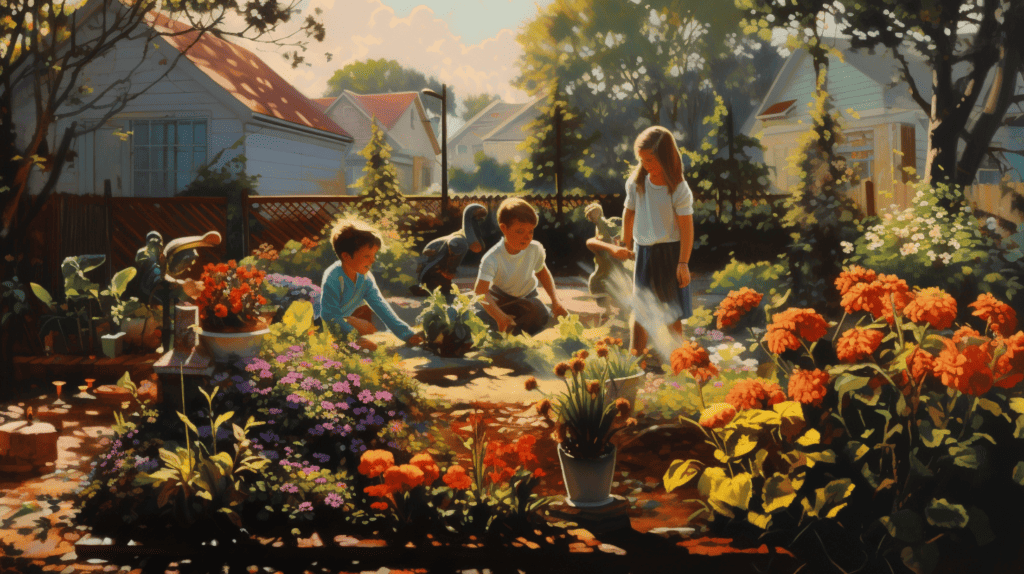
Proper watering is crucial for plant health. It is recommended to water plants once a week, ensuring that all layers of soil are thoroughly soaked. The frequency of watering may vary depending on the specific plant and its water requirements. It is advisable to check the moisture level of the soil before watering. If the soil is still damp, it is best to withhold watering.
In addition to light and watering, it is important to pay attention to plants and get to know their individual needs. Observing the leaves, growth direction, and any new developments can provide insights into whether a plant requires more light, water, or other care. Taking the time to understand and connect with plants can greatly improve their well-being.
By harnessing the power of light and providing appropriate care, it is possible to maintain healthy and thriving plants. However, it is important to remember that gardening is a continuous learning process, and it is normal to make mistakes along the way. Embracing patience and being open to experimenting with different plants and techniques can lead to a successful and rewarding gardening experience.
Selecting the Right Containers for Optimal Plant Health
Selecting the right containers for your plants is not only a matter of aesthetics but also a crucial factor in ensuring their overall health and protection from common diseases. Here are some important tips and considerations to keep in mind when choosing containers for your plants:
- Soil Drainage: When potting plants, ensure that the containers have drainage holes at the bottom to prevent water from accumulating and causing root rot. Placing stones or pebbles at the bottom of the pot can improve drainage.
- Container Size: Select containers that provide enough space for the plant’s root system to grow. Plants need room for their roots to expand and access water and nutrients.
- Material: Choose containers made of porous materials like terracotta or clay, as they allow for better air circulation and moisture control. Plastic containers can retain more water, which may lead to overwatering.
- Sunlight Exposure: Consider the sunlight requirements of your plants when selecting containers. Some plants may require more sunlight, so choose containers that can be easily moved to different locations in your garden.
- Moisture Control: Monitoring the moisture levels in your containers is essential for plant health. Check the soil regularly and water only when it is dry to the touch. Avoid overwatering, as it can lead to root rot.
By following these tips and choosing the right containers, you can create an optimal environment for your plants to thrive and grow. Proper drainage, adequate space for root growth, porous materials, consideration of sunlight exposure, and moisture control are all essential factors that can help prevent plant diseases and ensure the overall health of your plants.

Mastering the Art of Watering Your Plants
Watering your plants may seem simple, but it’s an art that, when mastered, can lead to lush, thriving foliage. Setting a reminder on your phone to water your plants regularly can prevent over-watering or under-watering, which can be detrimental to their health.
It’s also important to get to know your plants by observing their leaves, growth patterns, and signs of needing water. Some plants, such as succulents, have adapted to survive in dry conditions and do not require frequent watering, while others, like ferns, thrive in moist soil.
Different plants have different light requirements, so make sure they are placed in appropriate locations. Direct sunlight can scorch some delicate plant leaves, while too little light can cause stunted growth.
Good soil drainage is essential, and you can achieve this by using pots with drainage holes and adding stones at the bottom. This keeps water from accumulating at the base of the pot and rotting the roots.
| Plant | Watering Frequency |
|---|---|
| Succulent | Once a week |
| Fern | When the top inch of soil is dry |
| Spider plant | When soil is dry to the touch |
Checking the moisture level of the soil before watering is key, and it’s better to underwater than overwater. Stick your finger an inch into the soil to see if it’s dry, or use a moisture meter to get an accurate reading.
Additionally, consider factors such as the size of your yard, the purpose of your garden (sustenance or decoration), and the amount of sunlight your garden receives. Choose plants that are suitable for your climate and garden conditions.
Take care of your plants by regularly tending to them, removing weeds, pruning, and practicing integrated pest management. Embrace patience and learn from your gardening experiences to improve your skills over time.

Choosing the Perfect Plants for Your Environment
Before embarking on your plant journey, it’s essential to choose the perfect green companions that will flourish in your particular environment. Plant growth and plant maintenance depend on several factors, including temperature, humidity, and sunlight exposure.
Begin by assessing your region’s climate and choosing plants that are suitable for your area. Some plants may require specific soil conditions, so check your soil’s pH levels and nutrient content. You can amend the soil with organic matter to improve plant nutrition and promote healthy growth.
When selecting plants, consider the purpose of your garden. Are you growing your garden for sustenance or decoration? Different plants have different needs, so choose accordingly.
Once you’ve selected your plants, place them in an area that receives adequate sunlight. Observe their growth and adjust their position as necessary to ensure they receive enough light. Rotate your plants regularly to promote even growth.
Ensure your plants have proper drainage by using pots with drainage holes. This helps prevent root rot and other plant diseases and prevention while promoting overall plant health.
Water your plants according to their specific needs. Check the soil moisture level before watering. Set a reminder to avoid over or under-watering, which can harm your plants.
Take care of your plants by mulching for moisture retention and weed control, pruning and deadheading, and practicing integrated pest management. Tailor your gardening tasks according to the seasons, and be patient and learn from any mistakes along the way.
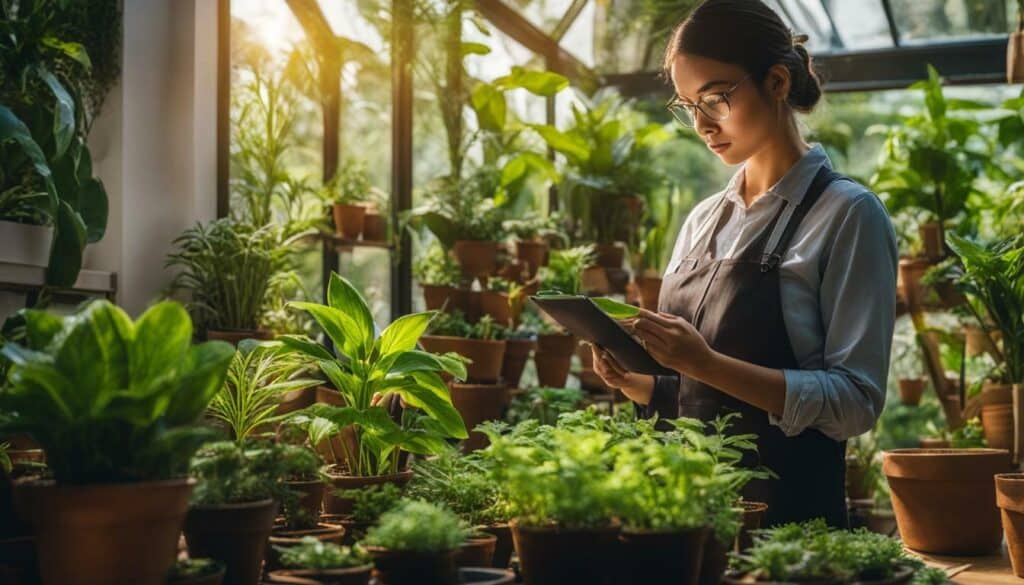
With these tips, you’ll be well on your way to growing a thriving garden that’s tailor-made for your environment.
Nurturing Healthy Soil for Vibrant Plants
The key to vibrant plants lies beneath the surface – nurturing healthy soil. Let’s explore how to ensure your plants receive the nourishment they need to thrive.
Get to know your plants by observing their leaves and growth patterns. This will help you identify potential nutrient deficiencies or watering issues. Set a reminder on your phone to water your plants once a week, making sure to provide proper drainage. Use pots with drainage holes to ensure good soil drainage and add stones at the bottom for extra help.
| Tips for Healthy Soil | What to Do |
|---|---|
| Check soil moisture | Feel the soil to determine when it’s time to water |
| Choose the right plants for your location and climate | Research plant varieties suitable for your region and sunlight exposure |
| Add organic matter to soil | Amend soil with compost, manure, or other organic matter to improve soil structure and nutrient content |
When starting a garden, consider your location and the amount of sunlight it receives. Choose plants that are suitable for your climate and maintain soil health by testing and amending as needed. Water deeply but infrequently, allowing the soil to dry out between watering sessions. Mulch to retain moisture and control weeds, and consider companion planting and integrated pest management to naturally repel pests.
Regular pruning and deadheading promote healthy plant growth and prevent disease. Adjust gardening tasks according to the seasons and embrace patience, learning from mistakes. By following these practices, you can nurture healthy soil and enjoy vibrant plants in your garden.
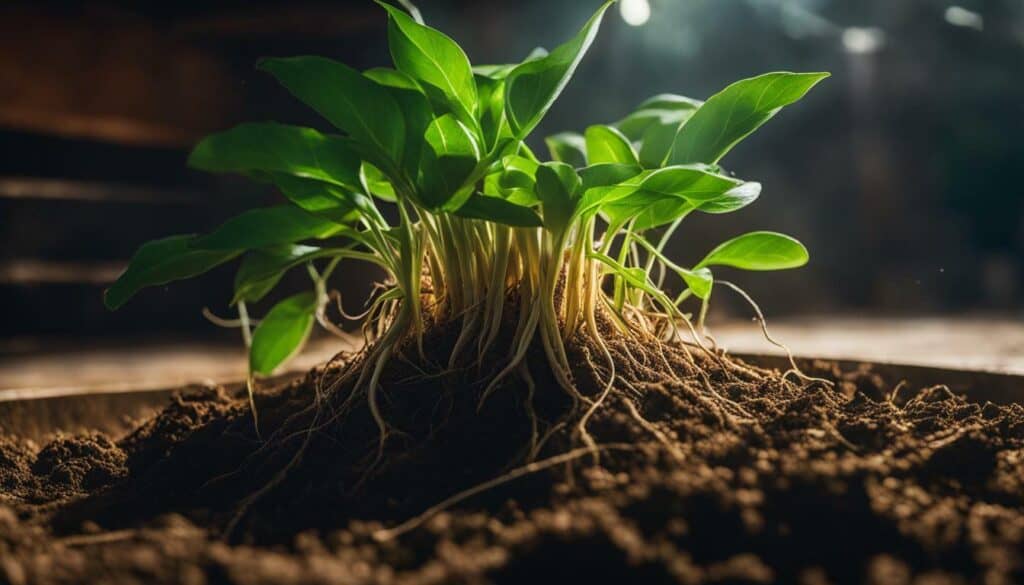
Maximizing Plant Growth with Smart Gardening Practices
To maximize your plant growth and create a visually stunning garden, implementing smart gardening practices will make all the difference. It takes careful planning, observation, and a bit of science to create an optimal environment for your plants to thrive. Here are some tips on how to achieve that:
Watering Your Plants
The biggest mistake many gardeners make is over or under-watering their plants. A good rule of thumb for watering frequency is to check the moisture level of the soil before watering. Stick your finger into the soil about an inch deep, and if it feels dry, it’s time to water. Try to water your plants in the morning or early evening to avoid evaporation. Aim to apply water at the base of the plant, not on the leaves, to prevent fungal diseases.
Positioning Your Plants
Plants need adequate sunlight to grow, so it’s important to position them in areas that receive sufficient sunlight. If that’s not possible, consider using grow lights or rotating plants to ensure they receive the necessary artificial light. Be mindful of the changing seasons and adjust plant placement accordingly. For example, in the summer, a plant that requires full sun may need to be moved to a shadier area.
Choosing the Right Containers
Proper soil drainage is essential for plant health. Make sure your pots have drainage holes to prevent root rot and add stones at the bottom of the pot to help with water drainage. Choose the right size pot for your plant, as plants that are too big or too small for their containers won’t grow well. Additionally, consider the material of the pot. Plastic pots are lightweight and easy to move around, but they can also trap moisture, which can lead to fungal diseases. Terra cotta pots are porous and allow air and moisture to move freely, but they can also dry out quickly.
Choosing the Right Plants
Knowing what can be grown in your area is important in maximizing plant growth. Choose plants that are appropriate for your climate, the size of your garden, and the available sunlight. Research any toxicity concerns, particularly if you have children or pets. For example, some common garden plants, such as lilies and daffodils, can be toxic to animals.
Gardening Gear
Having the right gardening gear can make the gardening process more enjoyable and efficient. Gloves protect your hands from thorns and cuts, while shears allow for precise pruning. Watering tools, such as a watering can or hose with a spray nozzle, make watering easier and more efficient.
Maintaining Your Garden
Regularly tending to your garden is essential for maintaining healthy plants. Remove weeds as soon as you spot them, as they compete with plants for nutrients and water. Implement integrated pest management techniques, such as using natural predators or insecticidal soaps, to control pests without harming beneficial insects. Water, fertilize, and prune your plants on a regular basis to keep them healthy and looking their best.
Embracing patience, learning from mistakes, and being open to experimenting with new plants and techniques are important aspects of smart gardening practices. By following these tips, you can maximize the growth of your plants and create a beautiful garden that you can enjoy for years to come.
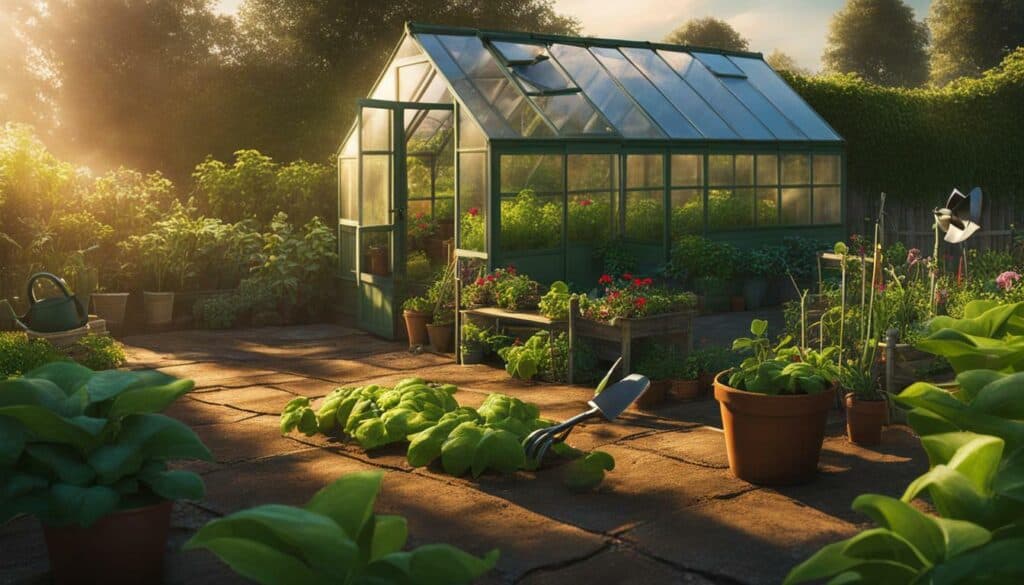
What are the Essential Tips for Beginners in Growing Plants?
Want to develop your green thumb? Check out this essential beginners guide to growing plants! First, choose easy-to-care-for species like succulents or herbs. Next, understand the specific needs of each plant, including sunlight, water, and soil type. Ensure you provide adequate nutrients and a suitable environment. Finally, stay observant and adjust your care routine accordingly.
Conclusion
Congratulations! You are now equipped with essential tips on growing plants and well on your way to becoming a green thumb superstar. Remember, every gardening experience is an opportunity to learn and improve, so have patience and embrace the joy that nature brings to your life.
Gardening is a rewarding and enriching activity that allows individuals to connect with nature and create a beautiful outdoor space. To be successful in gardening, it is important to know your garden zone and choose plants that are suitable for your climate.
Additionally, maintaining healthy soil, watering wisely, and providing the right amount of sunlight are crucial for plant growth. Mulching, pruning, and practicing integrated pest management techniques are also important for maintaining a thriving garden.
It is important to adapt gardening tasks according to the seasons and to embrace patience and learn from mistakes. By following these tips and techniques, individuals can cultivate a bountiful and beautiful garden throughout the year.
FAQ
Q: How often should I water my plants?
A: Set a reminder on your phone to water your plants once a week, ensuring you don’t over-water or under-water them.
Q: How do I know if my plants need more light?
A: Get to know your plants by observing their needs and responding accordingly, such as adjusting watering frequency or providing more light.
Q: Where should I position my plants for optimal growth?
A: Plants require adequate light, so position them near a window and rotate them periodically to prevent lopsided growth.
Q: What kind of pots should I use for my plants?
A: Use pots with drainage holes and add stones at the bottom to ensure proper soil drainage and prevent root rot.
Q: How do I know when to water my plants?
A: Check the moisture level of the soil by feeling it with your fingers before watering. Only water if the soil is dry and crumbly.
Q: How do I choose the right plants for my environment?
A: Consider your location, yard size, and available sunlight when selecting plants to grow.
Q: How do I make sure my soil is healthy?
A: Ensure your soil is healthy by testing its pH and nutrient levels, and amend it as needed with compost and organic matter.
Q: When is the best time to water my plants?
A: Water your plants deeply but infrequently, preferably in the early morning or late afternoon to minimize water loss due to evaporation.
Q: How can I promote plant health and continuous blooming?
A: Practice regular pruning and deadheading to promote plant health and continuous blooming.
Q: What can I do to naturally repel pests from my plants?
A: Utilize companion planting to improve plant health and repel pests naturally.
Q: What gardening tasks should I focus on during different seasons?
A: Tailor your gardening tasks to the seasons, focusing on sowing seeds, preparing beds, fertilizing, and protecting plants accordingly.
Q: What should I do if I make mistakes in gardening?
A: Learn from your mistakes and be patient in your gardening journey, using every experience as an opportunity to improve your skills and knowledge.
Source Links
- https://portfarms.com/finding-your-green-thumb/
- https://realitydaydream.com/a-beginners-guide-to-a-green-thumb-keeping-plants-alive/
- https://original.newsbreak.com/@abbie-clark-1602436/3113255855092-green-thumb-guide-essential-gardening-advice-for-thriving-plants
- https://extension.okstate.edu/fact-sheets/basic-plant-care-understanding-your-plants-needs.html
- https://thegreenthumbler.com/things-plants-need-to-grow/
- https://edis.ifas.ufl.edu/publication/4H360
- https://www.hortibiz.com/newsitem/news/lighting/harnessing-the-power-of-light-intensity-and-spectrum-for-propagation-and-cut-flower-production/
- https://homesteadandchill.com/using-grow-lights/
- https://news.gsu.edu/research-magazine/spring2018/harnessing-the-power-of-plants
- https://www.bhg.com/gardening/container/basics/guide-to-plant-containers/
- https://www.bhg.com/gardening/houseplants/care/containers-for-houseplants/
- https://bonnieplants.com/blogs/garden-fundamentals/choose-right-container-plants
- https://mydodola.com/plant-care/mastering-the-art-of-watering-how-to-keep-your-plants-hydrated-and-thriving/
- https://www.upperstreethome.com/watering-cans-101-mastering-the-art-of-efficient-plant-watering/
- https://www.greenhousegrower.com/production/plant-culture/master-the-art-of-watering/
- https://www.provenwinners.com/learn/right-plant-right-place
- https://laidbackgardener.blog/2022/02/25/how-to-choose-plants-for-gardens-10-steps/
- https://gohplg.com/blog/plant-selection-guide-10-tips-for-choosing-the-right-plants-for-your-landscape/
- https://www.americanmeadows.com/content/general-guides/improving-garden-soil
- https://www.almanac.com/soil-preparation-how-do-you-prepare-garden-soil-planting
- https://www.wikihow.com/Grow-Healthy-Plants
- https://www.canr.msu.edu/news/planting_a_smart_vegetable_garden
- https://www.canr.msu.edu/uploads/resources/pdfs/Planting_veggies.pdf
- https://www.gardenandgreenhouse.net/articles/october-2007/tips-for-maximizing-plant-growth-rate/
- https://sites.google.com/a/hanalani.org/growing/conclusion
- https://www.inspiritvr.com/general-bio/plants/plant-growth
- https://extension.oregonstate.edu/gardening/techniques/environmental-factors-affecting-plant-growth

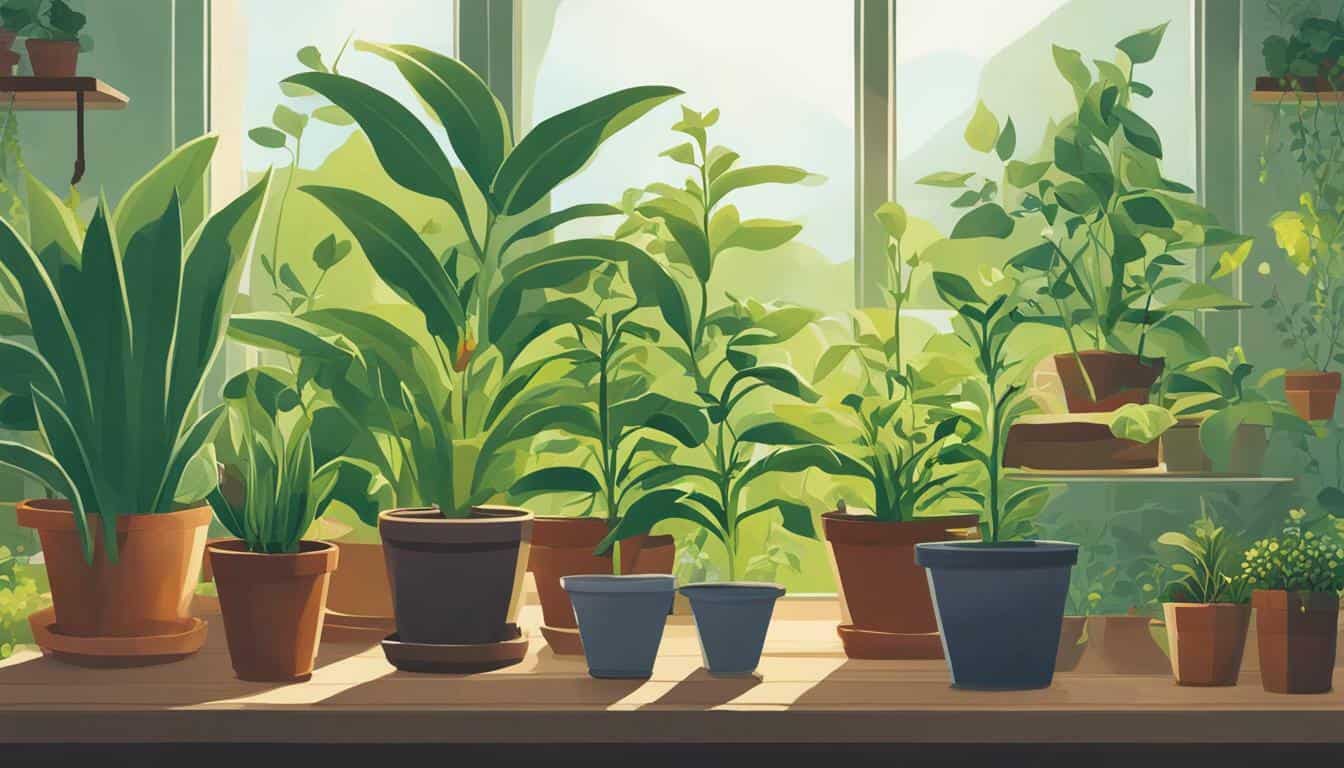



Leave a Reply